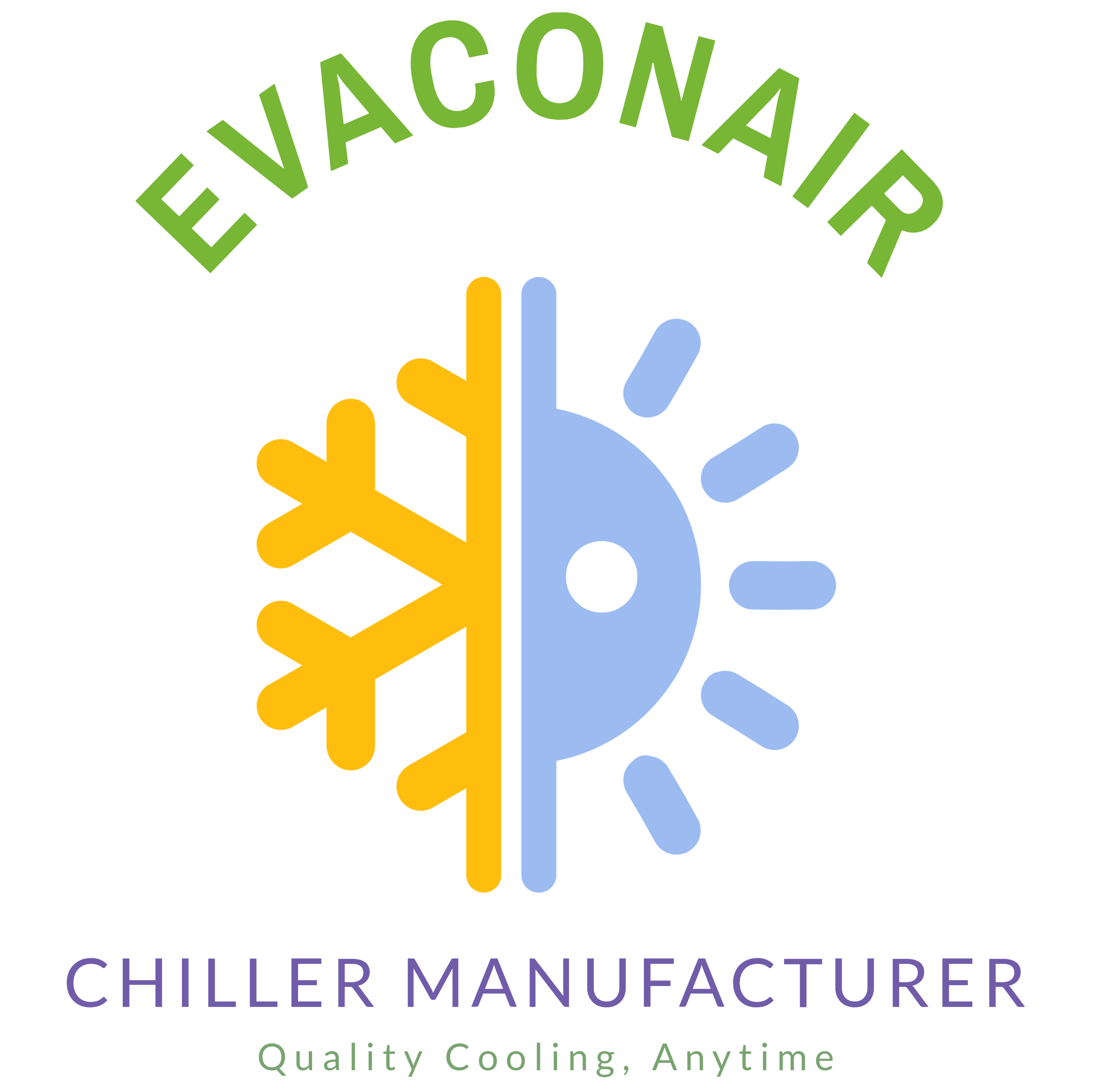Blog
How Many Types of HVAC Are There?
HVAC systems come in various types, each designed to meet specific needs and applications. Here are the main types of HVAC systems:
1. Split Systems
A split HVAC system consists of an outdoor unit (compressor and condenser) and an indoor unit (evaporator and blower). This is one of the most common residential HVAC setups.
2. Hybrid Split Systems
Hybrid split systems are similar to traditional split systems but offer the ability to switch between gas and electric power, providing greater energy efficiency and flexibility.
3. Ductless Mini-Split Systems
Ductless mini-split systems consist of an outdoor unit and one or more indoor units mounted on walls. They are ideal for homes without ductwork and offer zoned heating and cooling.
4. Packaged Heating and Air Systems
Packaged systems combine heating and cooling components into a single outdoor unit, often used in homes with limited indoor space for a split system.
5. Geothermal HVAC Systems
Geothermal systems use the earth’s stable underground temperature to heat and cool homes. They are highly energy-efficient and environmentally friendly.
6. Central Air Conditioning Systems
Central air conditioning systems distribute cool air through a system of ducts and registers in multiple rooms. They provide consistent cooling throughout the building.
7. Heat Pump Systems
Heat pump systems can both heat and cool a space by transferring heat between indoor and outdoor environments. They are efficient and versatile.
8. VRF and VRV Systems
Variable Refrigerant Flow (VRF) and Variable Refrigerant Volume (VRV) systems are advanced HVAC systems that can provide heating and cooling simultaneously in different parts of a building, making them ideal for large commercial spaces.
9. Zoned HVAC Systems
Zoned systems divide a home or building into different zones, each controlled separately. This allows for customized temperature settings in different areas, enhancing comfort and efficiency.
10. Portable and Window Units
Portable and window HVAC units are smaller systems ideal for cooling individual rooms or spaces. They are easy to install and move but are less efficient than central systems.
11. Radiant Heating Systems
Radiant heating systems use hot water pipes or electric heating elements installed in floors, walls, or ceilings to provide heat directly to the surfaces, offering comfortable and efficient heating.
